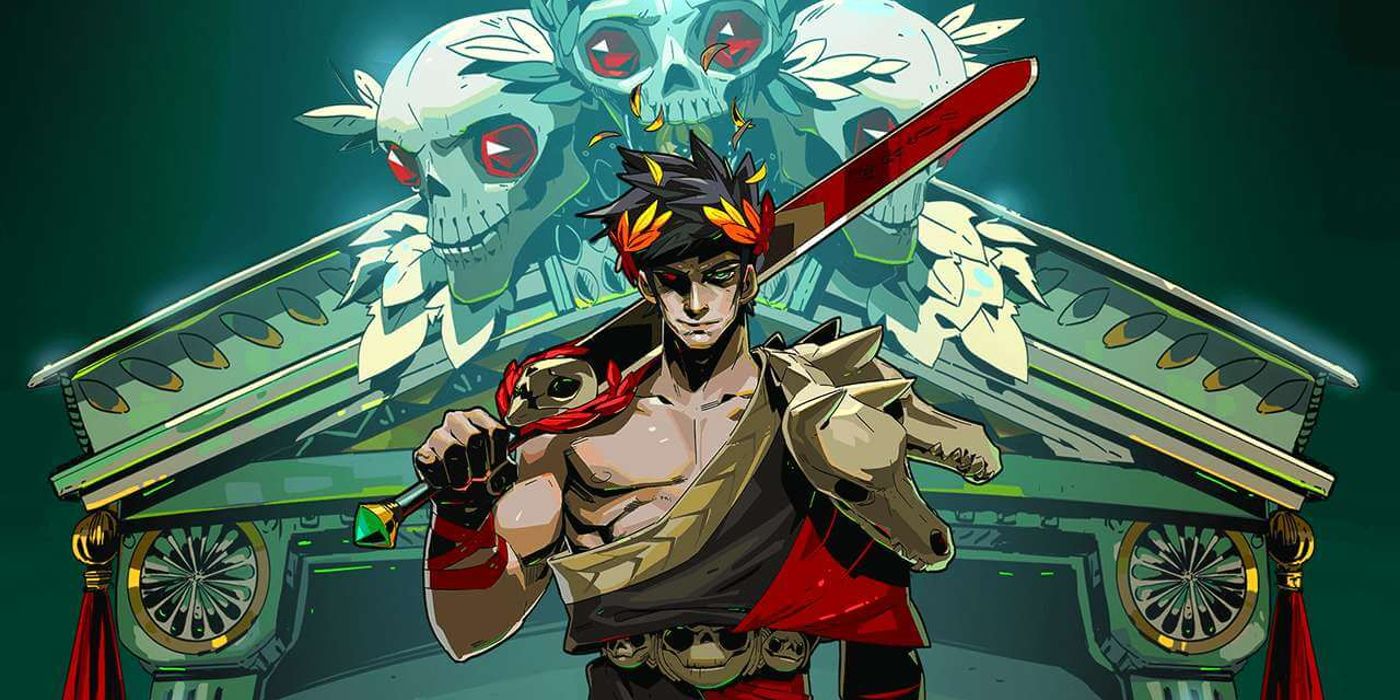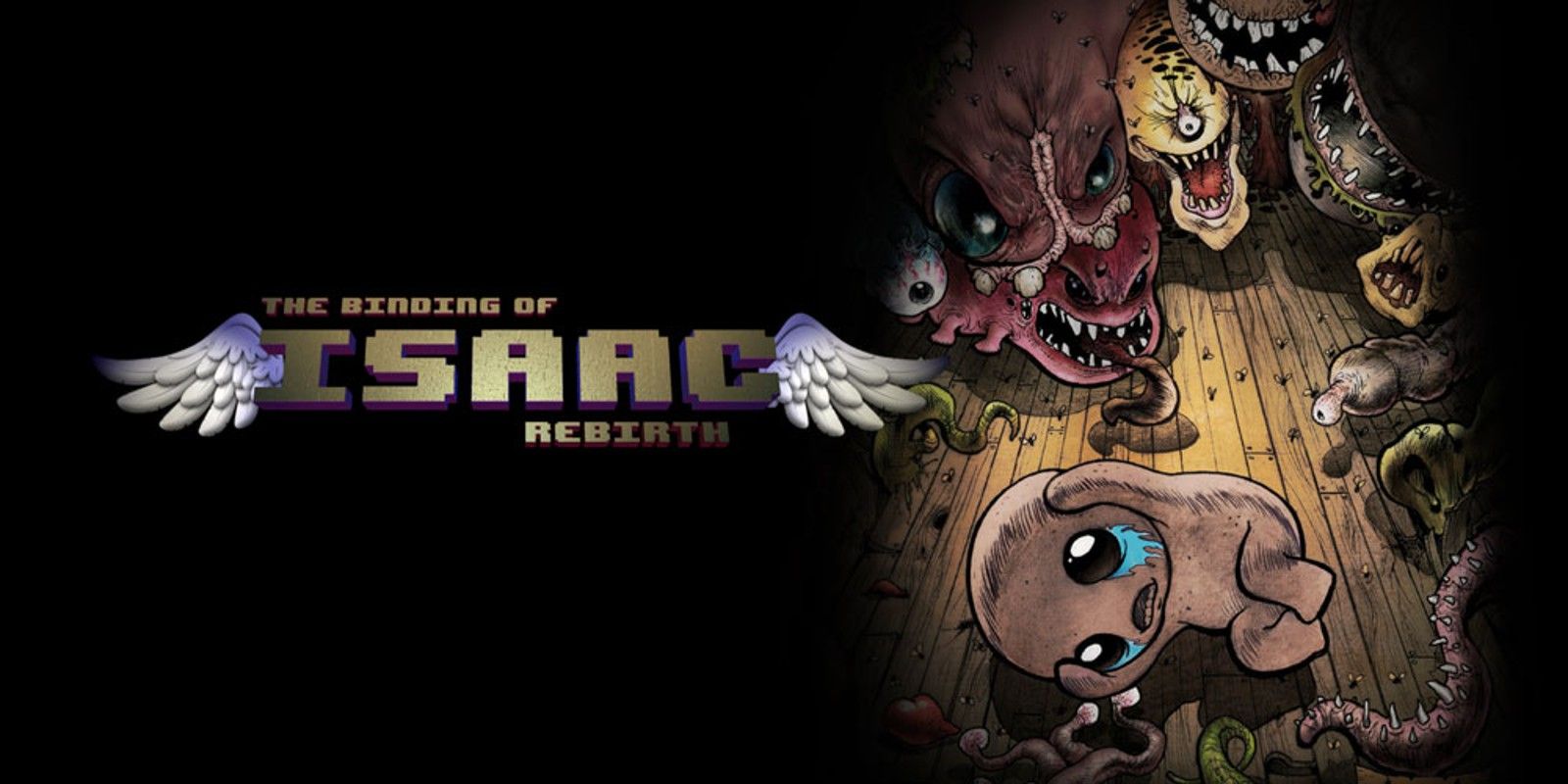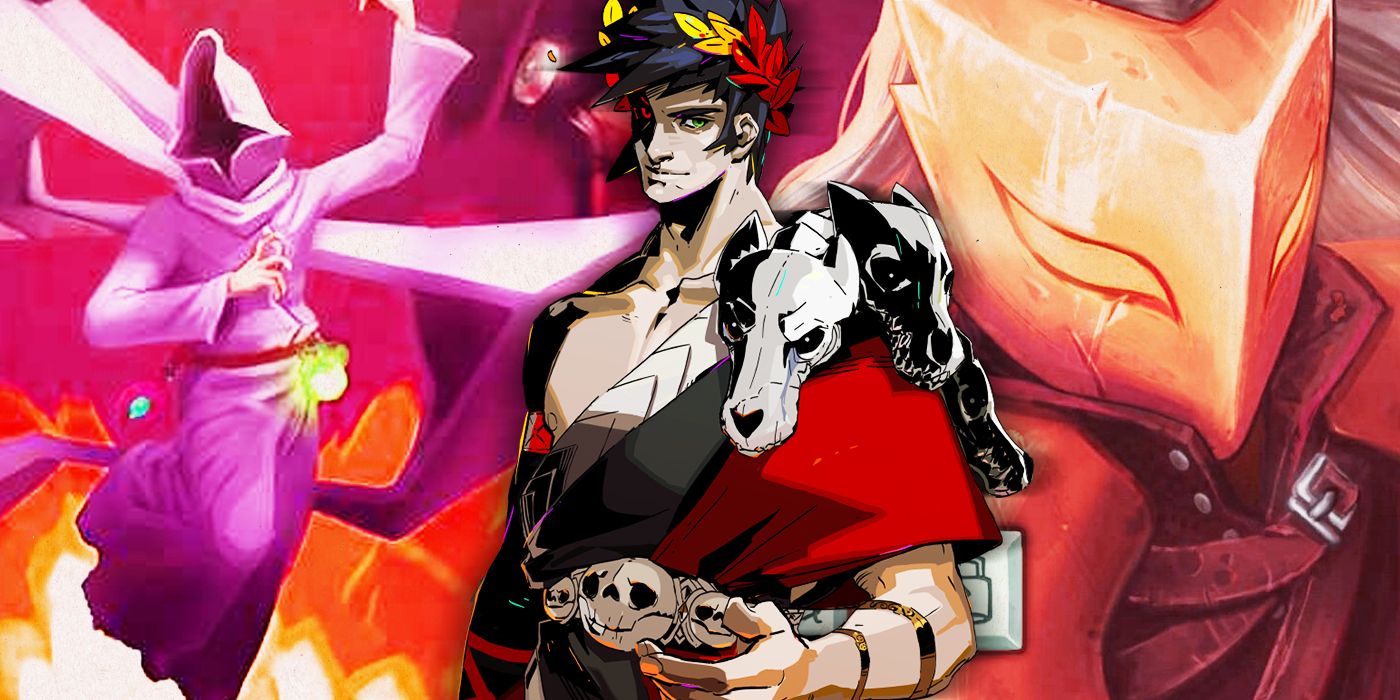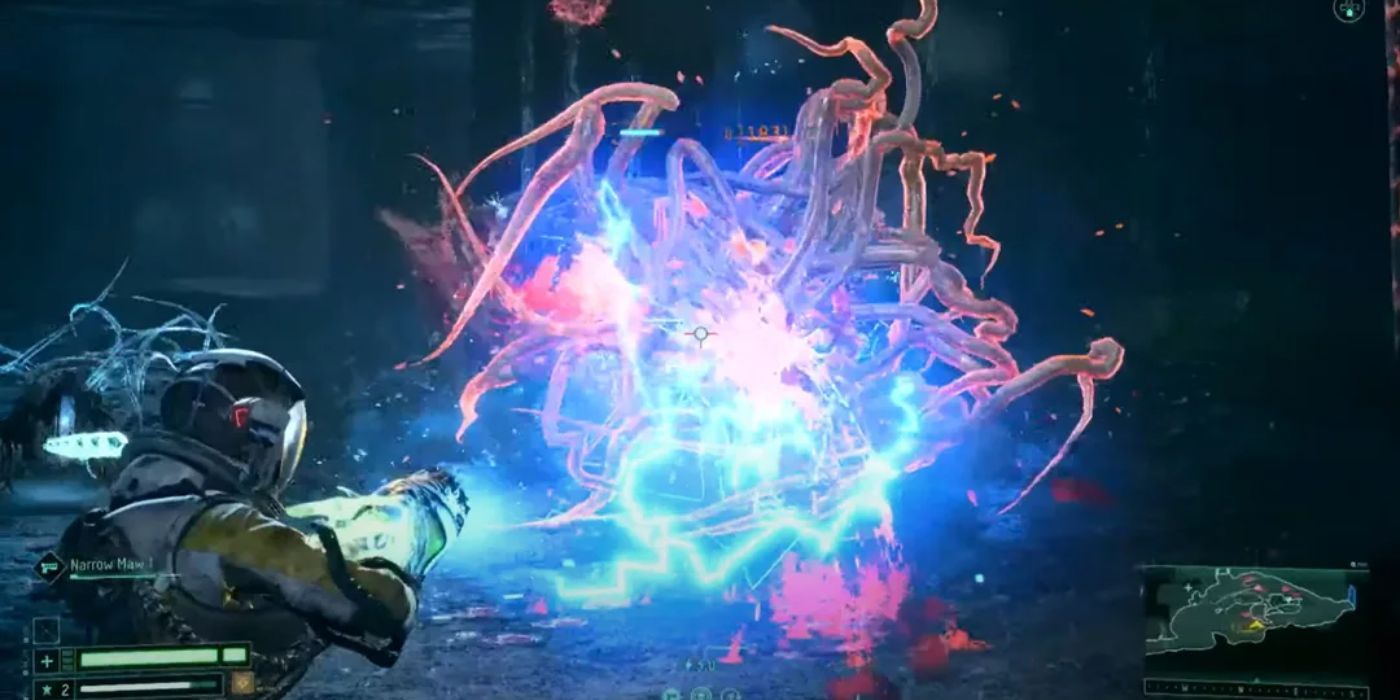The popularity of video game genres constantly ebbs and flows as gamers' preferences change and evolve. In the indie games scene, the roguelike genre has become one of the most popular, and its success is due to how perfectly it encapsulates what gaming is all about.
Roguelikes can vary wildly in premise and gameplay, featuring anything from action games like Hades to deckbuilding card games like Slay the Spire. Almost any game can become a roguelike -- even chess, if the king is given a shotgun. The genre gets its name from Rogue, a 1980 game that used permadeath and procedurally generated levels to ensure that players would have a different experience every time. Modern roguelikes have expanded upon the premise, with some differences creating a distinction between roguelikes versus roguelites. The features that connect the wildly different games in the genre are exactly what makes them so popular.
Roguelikes Get to the Gameplay
When starting a roguelike, players may play through a quick tutorial or lesson on the game's mechanics before starting a new run, with the goal of beating the final boss. This immediate jumping into the core gameplay loop means that players don't have to wait to get to what makes playing games fun. While some games may have good sections and bad sections, the simple, repeating gameplay that roguelikes provide means that good gameplay can be experienced endlessly.
Replayability is a feature that the roguelike genre excels at. While AAA titles sometimes boast 70-hour campaigns (which may be too long for some players), roguelikes that take one hour to beat can have gamers putting in hundreds of hours as the procedurally generated maps will always provide a different experience in each new playthrough. More modern roguelikes often introduce progression systems with new unlockable characters or items to give players a sense of improvement. However, each run can still end in one session, be it in success or failure.
Roguelikes Reward Failure and Learning
Failure is a major part of playing any roguelike. When a player starts off, the new mechanics, difficult enemies and bosses, and the large number of features that they need to learn will no doubt lead to them dying or failing many times before they win their first run. While losing over and over again may not sound fun, roguelikes typically have fast restart times and will quickly get players back into the action. Through playing more, players begin to understand the mechanics and get further than they had before.
This focus on mechanical knowledge and gameplay feedback is the core of what makes roguelikes so successful. When a player starts a roguelike, it's guaranteed that they'll be immersed in action within minutes, and making mistakes doesn't involve reloading or backtracking but starting over with new knowledge learned. Soon, players will get through sections that had been troubling them before with ease, providing the satisfaction of directly seeing their skills improving.
Any Genre Can Be a Roguelike
What makes a good roguelike isn't a particular style of gameplay but the way that a game rewards and punishes players. That means it can be applied to almost any genre or even to classic games like Snake. With how malleable a roguelike can be, any size development team can create one, from one person working on their own to AAA titles like Ubisoft's Assassin's Creed series adding a version to their games.
No matter how the gaming landscape shifts, roguelikes will always have a mechanical edge that will keep people coming back to them. Every year sees new roguelike titles, and while the AAA roguelike Returnal didn't see widespread success, the popularity of the genre in the indie scene means it'll only be a matter of time before major game studios look to bring the endlessly replayable style to even wider audiences.




